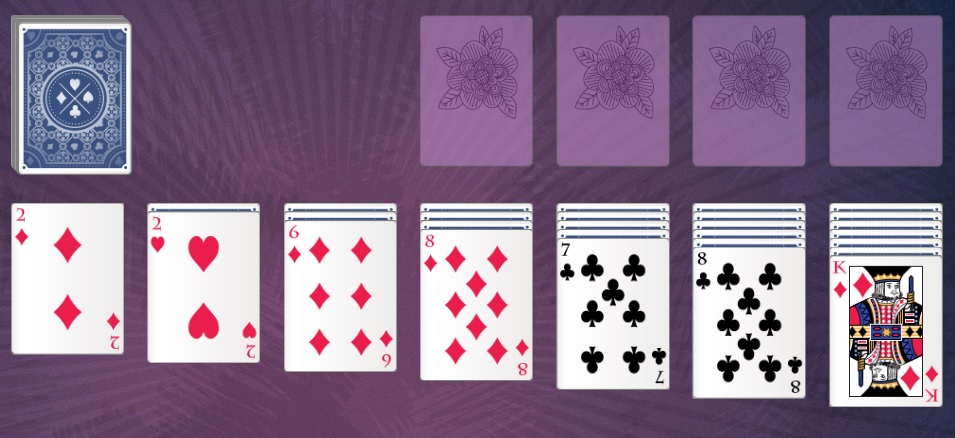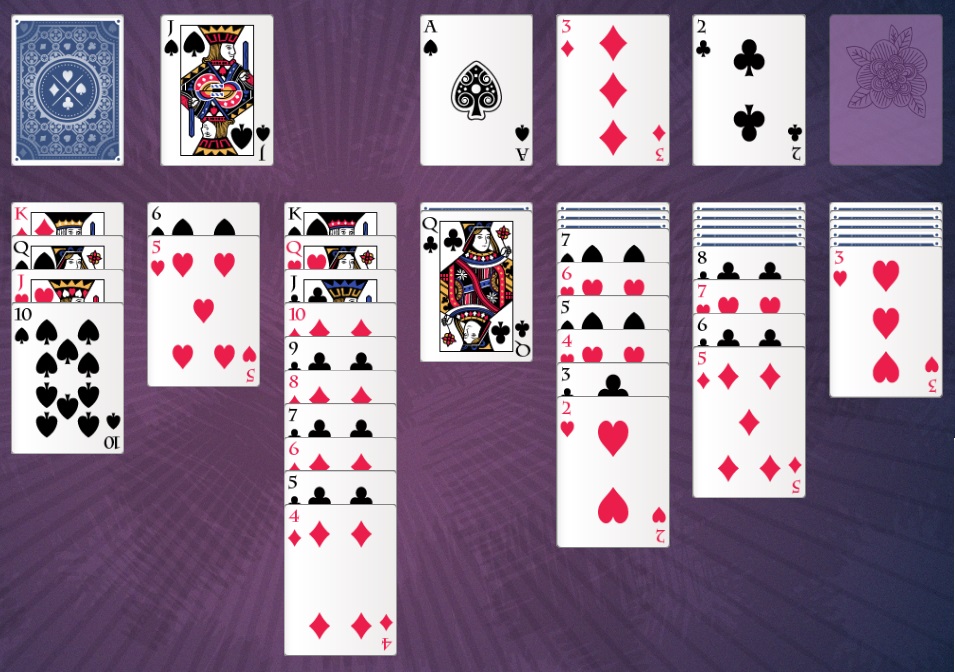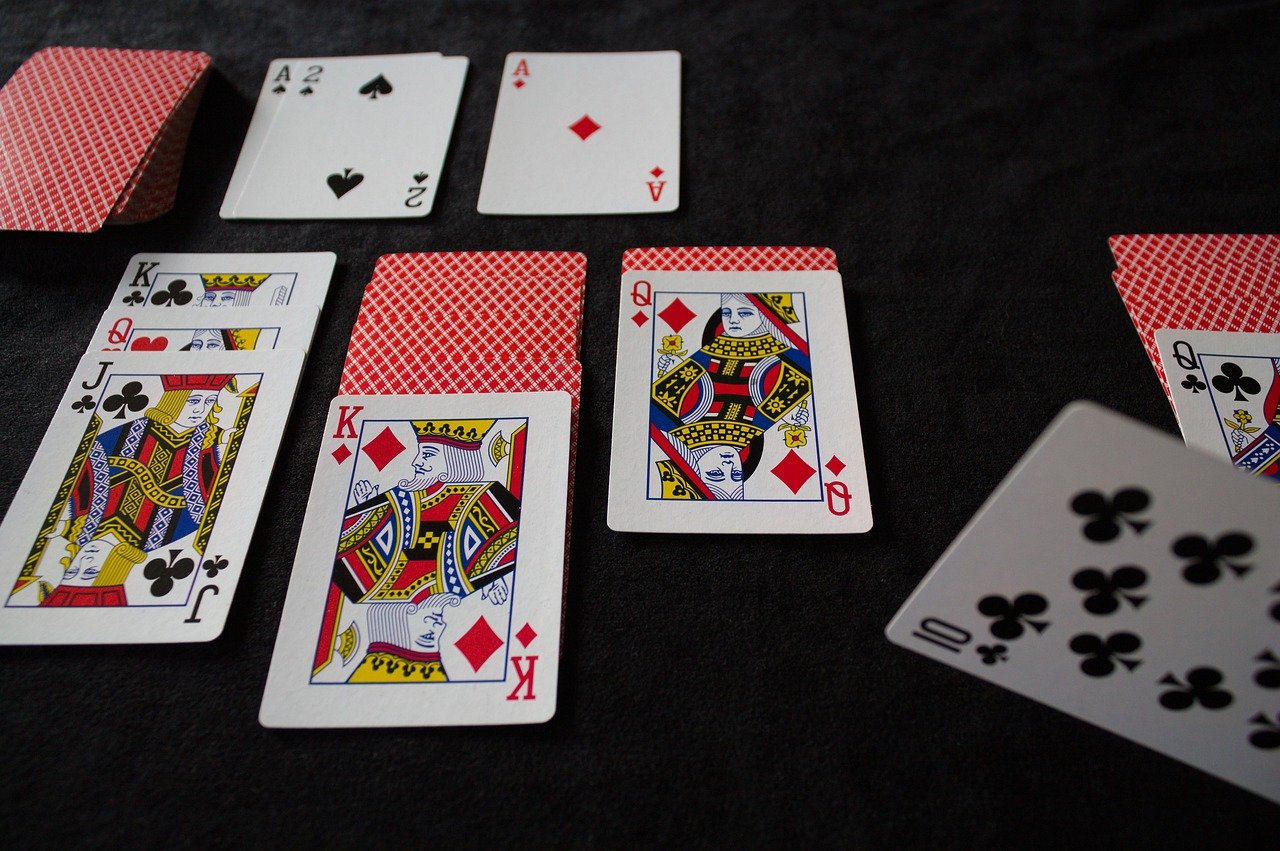Look, we get it. Your social calendar is absolutely swamped. Between your duties as an armchair philosopher and your rigorous Netflix marathon training, you’re basically the Elon Musk of leisure time. And yet, here you are, desperate to add another complex, highly intellectual skill to your repertoire: the noble game of Solitaire.
Solitaire — the game you play when you have absolutely no one else to play with. It’s the single-player glory that’s been the corner-stone of procrastination since the dawn of modern computing. It’s more than a game; it’s a way of life. So, let’s delve into the nitty-gritty of mastering this pinnacle of card-based excitement, shall we?
Step 1: Understand Your Life Choices
Before you even think about setting up your deck, take a moment to consider the life choices that have brought you to this point. From working tirelessly to maintain a 0-friends lifestyle to your impeccable taste in pre-installed computer games, you are clearly on the road to greatness. Kudos.
Step 2: Deck the Halls
You need a deck of 52 playing cards. Notice the lack of jokers? That’s right; this is a no-joking matter. Don’t even dare to slip in that How-To guide for competitive underwater basket weaving in place of your deck. This is Solitaire, the pinnacle of human intellectual achievement.
Step 3: Establish Your Workspace
Some people say the key to good Solitaire is in the setup. They’re lying. The real key is to establish your workspace like you’re prepping for a NASA mission. Clear off your antique mahogany desk, wipe away the tears of loneliness, and lay down a velvet cushion for your cards to rest upon. Light a few scented candles if you need to set the mood. After all, if you’re not playing Solitaire in a setting worthy of a James Bond villain, are you even playing?
Step 4: Card Sorting for Dummies
Take your deck and shuffle it like you’re mixing a complicated cocktail. No, you can’t hire a bartender for this; it’s a single-player game, remember? Once shuffled to perfection or until you get bored, whichever comes first, you’re going to lay down some cards.
Start with a single card facing up. This is called the “I have a life” card. Now, place six cards facing down next to it. These are called the “Who am I kidding?” cards. On top of these face-down cards, you’re going to put one face-up card on the first face-down card, and so forth, building columns.
By the end of this card-laying extravaganza, your first column should have one face-up card, your second column should have two (one face-down and one face-up), your third should have three (two face-down and one face-up), and so on, until your seventh column has seven cards (six face-down and one face-up). It should look like a pyramid, or if you’re feeling particularly negative today, a staircase of despair. Like this:

Step 5: Let the Games Begin
Ah, the crux of the Solitaire experience: actually playing the game. This is where the proverbial rubber meets the road, or where the deck meets the deck…tionary. It’s not just about laying cards down in pretty patterns; it’s about maneuvering through the labyrinthine complexities of your own making. Let’s get to it, shall we?
5a: Understanding the Objective
Just so we’re clear, because even the best of us can lose sight of our life goals while playing Solitaire, your aim is to create four foundation piles—one for each suit—starting with the Ace and ending with the King. Imagine it as ascending the corporate ladder, except you’re by yourself, you’re not getting paid, and there’s no office gossip. But hey, at least there’s no office politics either.
5b: The Tableau—Your Battle Arena
Your tableau is your war zone. It’s where the magic happens. Your goal here is to create sequences of cards in descending order, alternating between red and black suits. Think of it as a weird courtship ritual between the red Queen and the black King. To begin, you’ll want to look for opportunities to move cards from one column to another to either reveal a hidden card or make space for another card you want to move.
5c: Unveiling the Mysteries
Each time you move a card and reveal a face-down card in the tableau, you’ll want to flip it over. Revealing new cards gives you more options to move cards around and creates a sense of accomplishment rivaled only by successfully assembling IKEA furniture. Plus, every new card brings you one step closer to winning or losing; both are equally exciting outcomes in the riveting game of Solitaire.
5d: The Stock — Your Lifeline or Last Resort
Remember that stock pile? When you’re stuck in a stalemate situation on your tableau, or just really bored, you’ll turn to your stock. Depending on your house rules or the depth of your loneliness, you can either draw one card at a time or three cards at a time from the stock. Place them in a separate waste pile. You can only use the top card of this waste pile at any given time to play onto your tableau or directly into your foundation piles.
5e: The Moves That Matter
In Solitaire, like in life, not all moves are created equal. If you have a choice between moves, always opt for the one that will reveal a new card in the tableau, or one that allows you to add a card to your foundation piles. Also, pay attention to the Kings. They’re like that guy at the party who doesn’t leave; once a King is placed in an empty tableau column, no other card can be placed there. So use them wisely.
5f: Repeat Until…
Continue this thrilling cycle of drawing, moving, and the occasional weeping until you either win the game by completing all four foundation piles, or lose by running out of possible moves. But remember, in Solitaire, you never truly lose; you just find another way to not win.

Step 6: Have a Strategy, or Don’t
Some people will tell you that Solitaire is a game of strategy and foresight. To those people, we say: “Calm down, Einstein. It’s just a card game.” But on a serious note, or as serious as we can get when talking about Solitaire, think about your moves. Do you really need to free that hidden card, or are you just looking for the thrill of flipping something over? Remember, every action has consequences. In Solitaire, those consequences are having to start a new game, which you were probably going to do anyway.
Step 7: What Goes Up Must Come Down
You’ve created a sequence of cards in descending order with alternating colors, you say? Excellent, you’re not as hopeless as we thought! Now you can move this sequence over to another column to unveil a hidden card or simply because you want to feel in control of something in your life. This is your moment. Bask in it.
Step 8: Climbing the Ladder to Nowhere
As you dutifully build your intermediate stacks, don’t forget the ultimate goal of four foundation piles. These are your stairway to heaven or, in this case, momentary satisfaction. Each time you manage to complete a set from Ace to King in the foundation, take a moment to celebrate. Do a victory lap around your room, call your mom, tweet about it, or simply nod with the smug satisfaction that you’re a card-carrying Solitaire genius.
Step 9: How to Win Friends and Influence… Actually, Never Mind
You did it! You’ve won! Your prize is the self-realization that you just spent an indeterminate amount of time playing a game by yourself. But hey, the satisfaction is real. You navigated through a deck of 52 obstacles and came out the other side a changed person, armed with a skill that will certainly not impress anyone at parties. But who cares? You don’t go to parties. You play Solitaire.
In Conclusion: Why Solitaire is the Answer to All Your Problems
We’ve covered a lot of ground here today. We went from being too busy for life to mastering a game that is the epitome of having too much free time. Solitaire isn’t just a game; it’s a metaphor for life: sometimes confusing, often frustrating, and always something you can restart when things go awry.
So go forth, noble Solitaire player, and may your decks be forever shuffled and your foundation piles plentiful. After all, who needs a social life when you’ve got a perfectly good deck of cards?



